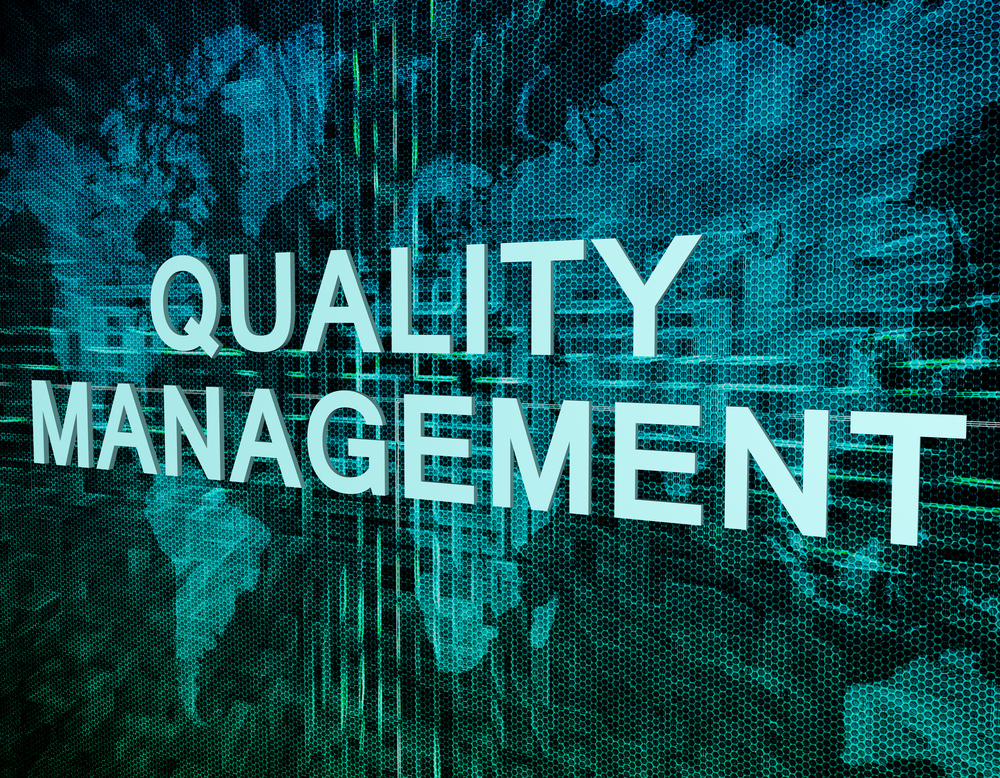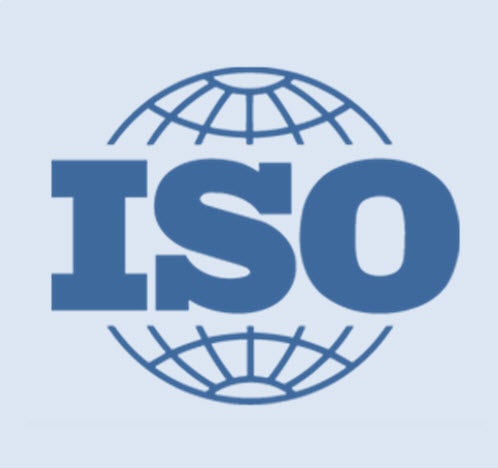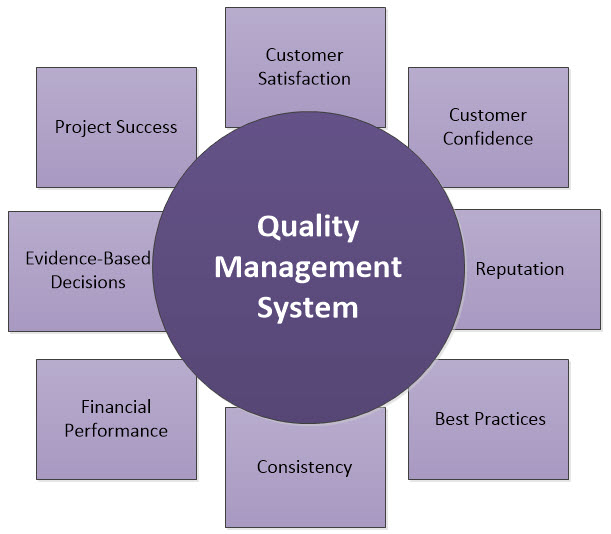Quality Management System Overview

A management system is a system that defines a set of processes and procedures which a company/organization needs to follow in order to fulfill all tasks that are required for achieving its objectives covering a great number of aspects of the company’s/organization’s
operations, including product quality, financial success, client relationships, regulatory and legislative conformance, financial success, safe operation, employee management, etc.
A quality management system (QMS) is a shaped system that documents procedures, processes, and responsibilities for achieving quality policies with the purpose to meet customer requirements and enhance their satisfaction. The quality management
system helps companies to direct, coordinate and regulate their activities in improving business effectiveness and efficiency and meeting customer requirements.
The principal purpose of the quality management system is to accurately and correctly determine the procedure of creating high-grade products and services.
The basis of quality management is its seven principles:
- Customer focus. The main purpose of quality management is to meet customer requirements and exceed customer expectations. Understanding customers’ needs and requirements further to the company's sustained success is measured
in the increased customer value, satisfaction, loyalty, and repeat business.
- Relationship management is necessary for getting sustained success.
- Leadership. Leaders create situations in which customers are engaged in achieving the company’s quality objectives that result in increasing the company's effectiveness and efficiency.
- Improvement is an ongoing focus of successful companies.
- Engagement of people. For effective company management, it is important to involve in the company's process all workers at all levels and to respect each of them. As a result, the company will receive an enhancing the personal
development of its employees, their creativity, and initiatives as well as enhance the trust and collaboration throughout the company.
- Process approach. If the company's processes are understood and managed as a coherent system, consistent wishful results are achieved more efficiently. The quality management system consists of interrelated processes that
allow companies to focus their efforts on the key processes.
- Evidence-based decision-making helps to produce the desired results.
General elements of the quality management system that coordinates and directs the company’s activities:
- The quality policy - a document developed by quality experts to describe the acceptable level of quality and specific duties of various departments to ensure the quality of products or services.
- Quality objectives reflect the quality policy, are coherent and aligned with the general business objectives, and are used by companies to focus the Quality Policy’s goals in their plans for improvement.
- The quality manual – an official document that details how the quality management system operates.
- Quality analysis – a set of procedures designed to ensure that the product or service satisfies defined quality criteria or customer requirements.
- Improvement opportunities – the strategy or best course of company's action that will most significantly improve the company's performance measurements and quality of its products or services.
Today, there is no single standard for a management system, however, a list of management system standards is determined by ISO – the International Organization for Standardization. The international independent, non-governmental standard-setting
organization ISO consists of representatives from national standards organizations of 163 countries. Through the organization's members, ISO unites different experts to share their knowledge and develop on a voluntary and consensus basis
the market-relevant International Standards. The International Organization for Standardization determines the generic requirements for a quality management system in ISO 9001:2015. These standards can be applied to any company and organization,
regardless of its size and type of provided products or services.
Within the ISO 9001, there are no degrees of competence: either a company/organization is certified, or it is not. In this, ISO 9001 certification contrasts with measurement-based quality systems. ISO 9001 standards are continually revised
by advisory groups and technical committees, who get feedback from professionals implementing standards. Therefore, an ISO certificate is not a once-and-for-all recognition and must be renewed in regular periods recommended by the certification
body, as a rule once every three years.
ISO has defined the management system standards for:
- Quality. Quality management, Quality management systems, Medical devices, Explosive atmospheres, Educational organization management systems.
- Safety and Security. Management system for private security operations, Consumer product safety, Food safety management systems, Business continuity management systems, Societal security, Activities relating to drinking water
and wastewater services, Crisis management of water utilities, Ships, and marine technology, Security management system, Fraud countermeasures, and controls, Laboratory bio-risk management system, Animal welfare management, Road
traffic safety (RTS) management systems, Explosive atmospheres, Occupational health, and safety management systems.
- General management: Collaborative business relationship management, Compliance management systems, Anti-bribery management systems, Sustainable development of communities, Information and documentation, Management systems
for records, Facilities Management, Integrated Management System, Innovation management, Asset Management, Innovation management system, Sustainable and traceable cocoa beans.
- Health and Medical: Medical devices, Quality management systems.
- Environment and Energy: Quality management systems, Environmental management systems, Energy management systems.
- Industry: Primary packaging materials for medicinal products, Graphic technology, Facilities Management, integrated Management System.
- Services: Service management, Information technology, Event sustainability management systems, Safety management systems, Adventure tourism, Activities relating to drinking water and wastewater services, Water
Efficiency Management Systems Crisis management of water utilities.
- Information Technology: Information technology, Security techniques, Information security management systems, Software asset management, Service management, Software engineering.

Quality management system benefits
- Reducing the amount of rework. All efforts of a manufacturing company are directed toward quality product production. The products' quality is continuously measured. In the case of defects occurring, they are corrected immediately. Such organizing of production decreases the quantity of rework to the minimum.
- Getting customer satisfaction. The quality management system guarantees the customers' satisfaction as helps to meet clients' requirements and, as a result, enhances the customers’ confidence.
- Achieving project success. The quality management system helps organizations to reach purposes defined in the company's strategy as well as to integrate, combine, and align project activities towards the achievement of quality products and services.
- Improving the business processes and implementing the best practices. The appropriate quality can be achieved through improving business processes used for ensuring production within the schedule baseline, maintaining consistency, and reducing expenditures. Processes and products are continually improved by implementing the best practices, new techniques (including quality control), using project management, and other software.
- Increasing production. Improving manufacturing is obtained by applying the proper techniques and improving employees’ qualifications through staff training. The main purpose of the manufacturing process control is to achieve consistency in performance and get less scrap.
- Consistency in project activities. The QMS facilitates obtaining more coherence in each project activity and reaching the company's effectiveness via improving the work time and resource utilization.
- Increasing customer confidence.
- Increasing market share and reputation.
- Increasing financial performance.
- Improving interior communications among the company's departments and teams.
- Making evidence-based decisions. Making decisions based on the evidence allows for finding the right determinations that are directed toward improving business effectiveness and customer satisfaction.
- Employee engagement. Employees, acting in the manufacturing process, best know areas that require improvement. The more company has engaged employees, the better company's manufacturing process is organized and the higher its effectiveness.
- Creating a culture of continual improvement. The continual improvement of the quality of the products allows companies to find cost-saving and increase their effectiveness.


